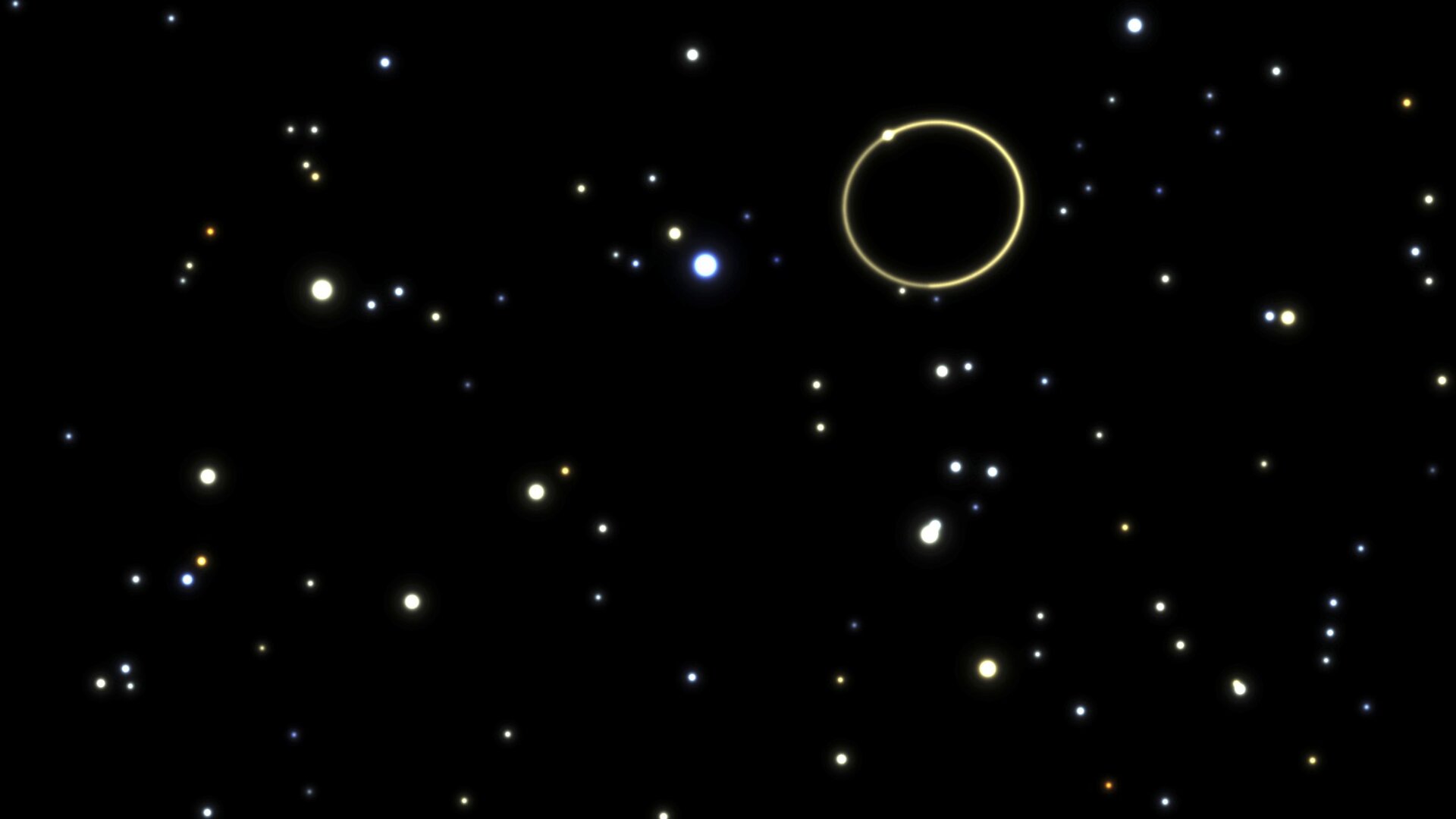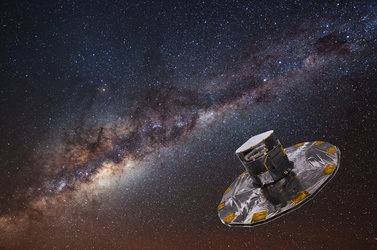Cosmic distances
Gaia measures the positions of the stars located hundreds of light-years away with an accuracy of microarcseconds. But what exactly do these distance measurements mean?
One light year (ly) is the distance travelled by light through space in one year, equal to about 9.5 million million kilometres. Gaia is studying stars hundreds of light-years from Earth, that is, millions of billions of kilometres away.
A parsec is another commonly used unit of length in astronomy, equal to 3.26 light-years, or nearly 31 trillion kilometres. Its name derives from measurements of parallax: it is the distance corresponding to a parallax angle of one arcsecond.
Minutes, or seconds, of arc are means to describe very small angles. A full circle has 360 degrees, while can be divided up into units of arcminutes and arcseconds such that an arcminute is 1/60 of a degree and an arcsecond is 1/60 of an arcminute.
Smaller still, a milliarcsecond is one thousandth of an arcsecond, while a microarcseconds is one millionth of an arcsecond. Gaia is achieving this precision: for objects 4000 times fainter than the naked eye limit, Gaia measures their positions to an accuracy of 24 microarcseconds, comparable to measuring the diameter of a human hair at a distance of 1000 km.








